This is the first post in the General Aviation Community. Hoping for many more as more people join and share their interest for those little aircrafts and anything related to them.
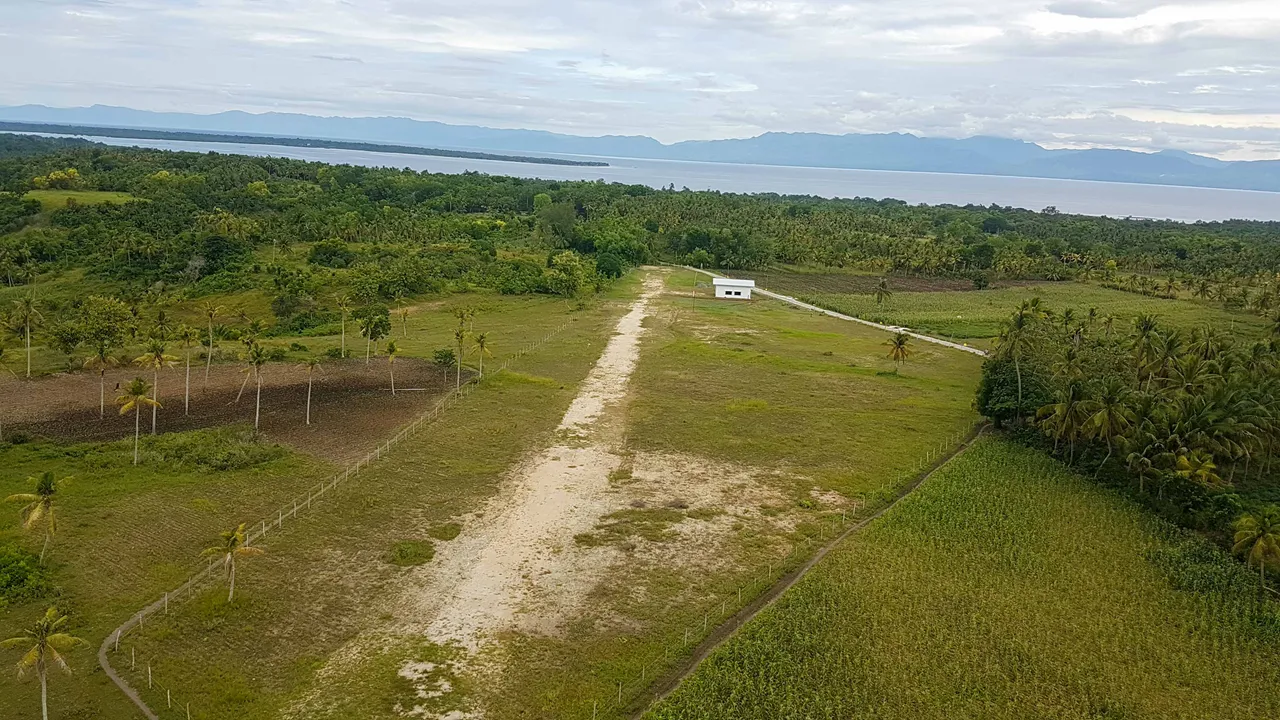
On September 2017, my wife (@discoveringarni) and I faced a difficult time and we had to take a decision in regards to our future.
On January 2017, we started offering Gyrocopter flights to tourists and locals who wanted to experience flying in such aircraft and at the same time enjoy the beauty of the South Cebu from the air. We were located at an old and abandoned airstrip and renting a space in a hangar along the runway. Things were slowly starting to pick up and every month, we had a few more passengers than the previous. This is until the beginning of September when, for reasons I won't elaborate on, we were kicked out of the hangar and left with nowhere to go. I could still use the runway, but I had no place to store my aircraft and I obviously couldn't just leave outside unguarded.
What do we do now?
The first thing for me was to find a place to store my gyrocopter. Luckily for me, a friend who lives nearby the airstrip agreed to store it in his half finished garage. It was exposed to the harsh elements of the Philippines, but at least it was on a private property. I covered it as well as I could with some tailored waterproof cover and knew that it was going to stay there for a while.
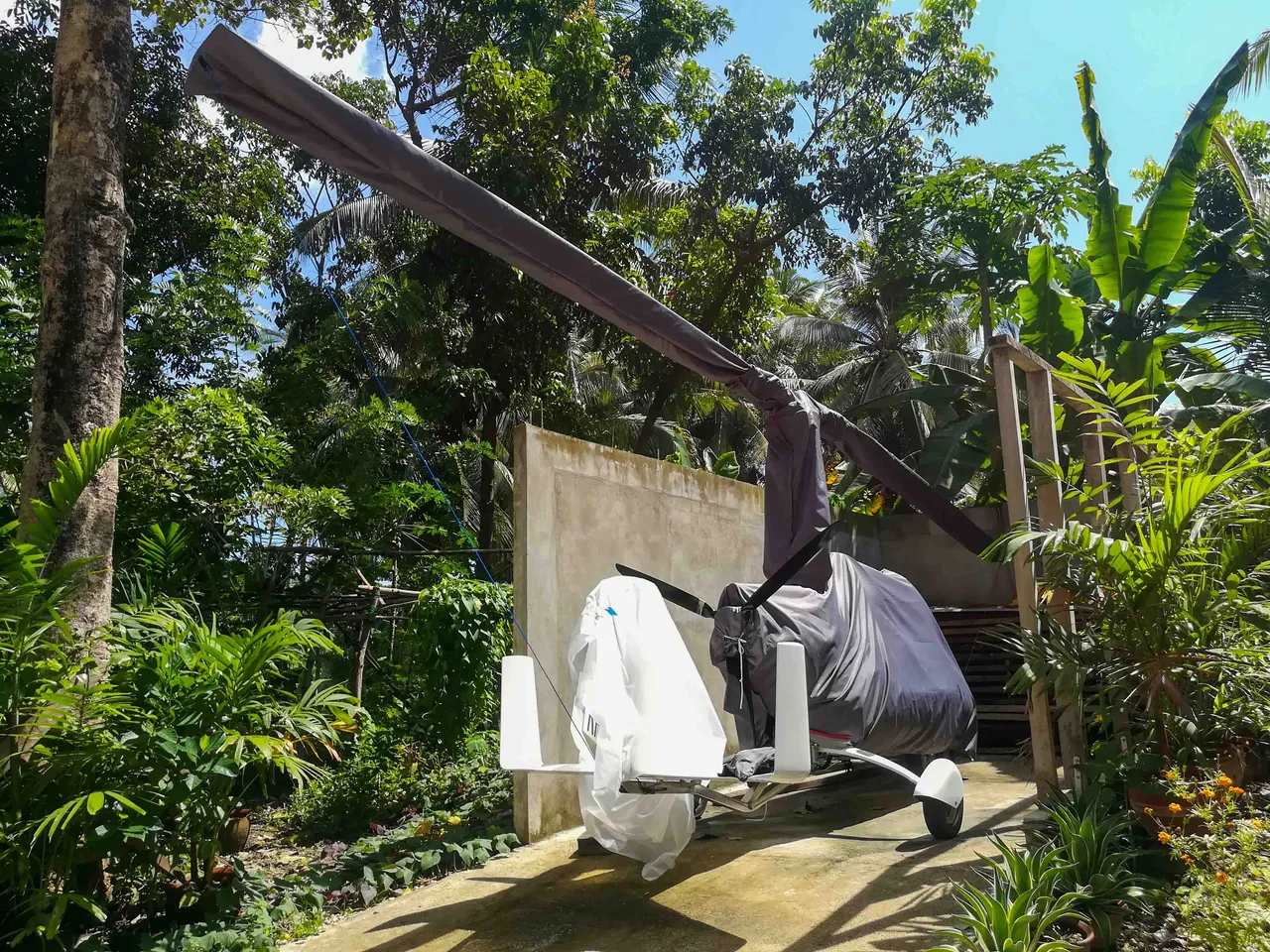
A few weeks later, I added a tarpaulin above it to protect it better from the sun and the rain.
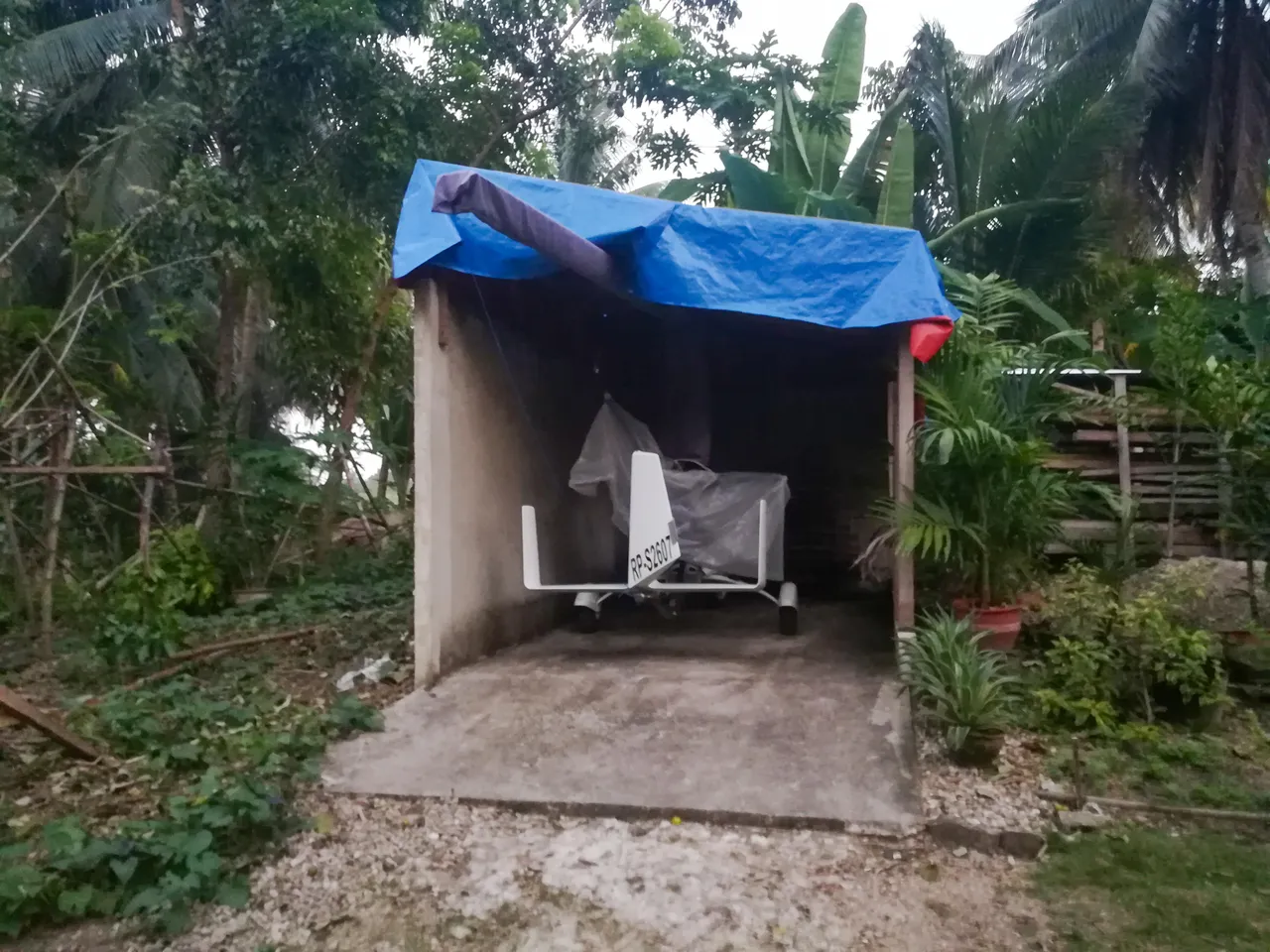
The day everything happened, @discoveringarni and I were really depressed. We had worked hard to get to where we were, and suddenly because of things beyond our control, we were back to square one, having to close the business and cancel all the pre-booked flights. We sat down and listed our options:
1. Close the business and sell the aircraft
This was not really an option because I had finally found what I love to do and there was no way I would go back to my original career.
2. Move to another part of the Philippines and start again
We were not really interested by this option. Before starting our business in South Cebu, we visited several regions of the Philippines in search for an airstrip we could use or a land we could convert into an airstrip. None of them made us feel at home like Cebu. So our preference was to stay on the island.
3. Buy a land on the same airstrip and build a Hangar
This was our first real option but the lands along the runway were quite expensive and honestly we didn't feel like staying in that area. We felt like we could find something or somewhere better which would be more suitable for the success of our business.
4. Find another airstrip on the Cebu island
Other than the main international airport located in Mactan just outside of Cebu City, there are only 2 known airports available in Cebu. One is on the island of Bantayan and the other on Camotes island. We had already checked the former before settling in the south and so we knew what to expect living there. We were not interested. As for the latter, the runway was abandoned and not in a good condition. So unfortunately this option wasn't suitable.
5. Find and acquire a land on Cebu island which could accommodate a runway and a hangar
This was our favorite option but not the easiest. There were constraints in finding this land. It had to be:
- at least 300 meters long so that the gyrocopter can land and take off.
- flat from one end to the other.
- oriented according to the wind direction
- Away from residential areas and schools so that we don't get complaints from the residents about the noise.
- all in legal order in regards to ownership documents.
- easy to access from the main road.
- at a price which we could afford.
The search is on
After quickly dismissing the option #3 and being left with #5, we decided, starting the next day, that we would go around the whole Cebu island to visit all the municipalities and enquire about the lands for sale.
Since we preferred staying in the south of the island, we started our search in that area. Every time, we would go straight to the Assessor's office of the town and ask to see the list of available land or if they knew of one which could fit our criteria and which could potentially be for sale.
Some of the people we met were quite enthusiastic about our plans and were doing their best to help us, sometimes, even asking us to meet the Mayor and present our business project to him/her. Others on the other hand couldn't care less and the only thing we'd get from them is "sorry Sir, we don't have" without even having a look at their documents.
Finally we found it
It really took us a lot of effort and after 2 months of visiting almost every municipality we were finally shown a land which could be suitable for our needs.
Here is the view from one end:

And the view from the other:
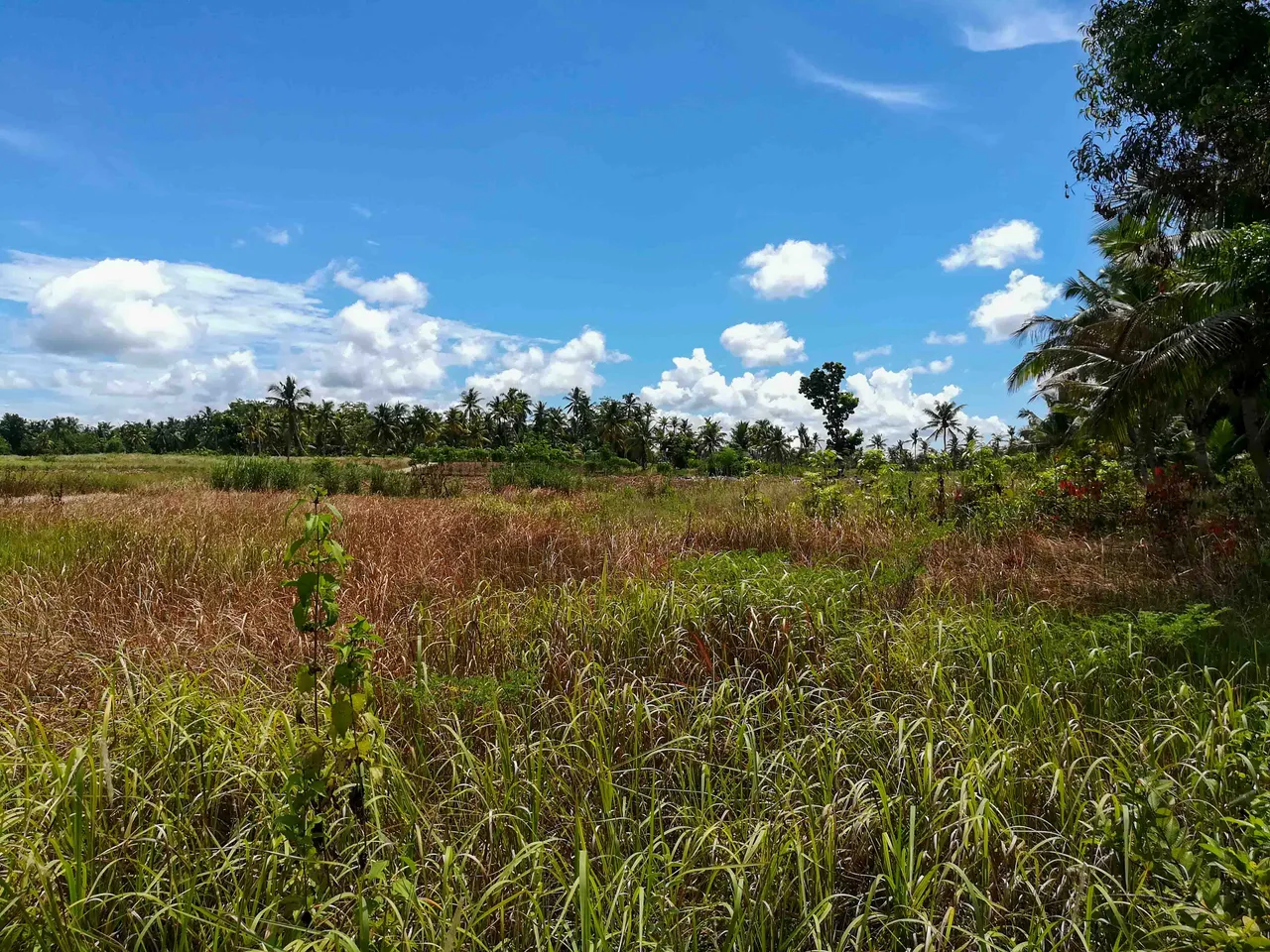
There were a few negative points to it but none that I couldn't work with. These issues were trees at each end of the potential runway, a cross wind and a 2% slope.
The next step for us was to check on the legal aspect of the land to make sure all was in order as well as to confirm the price with the owner. Everything checked out and by the end of November we signed the deed of sale and became the owners of a land in Ronda, Cebu.
Let's design the runway and the hangar
There was a lot to take care of before starting any construction work.
@discoveringarni, being an architect by profession, started working on the site development plan and the placement of the runway. The idea was to maximize the length according to the land's shape.
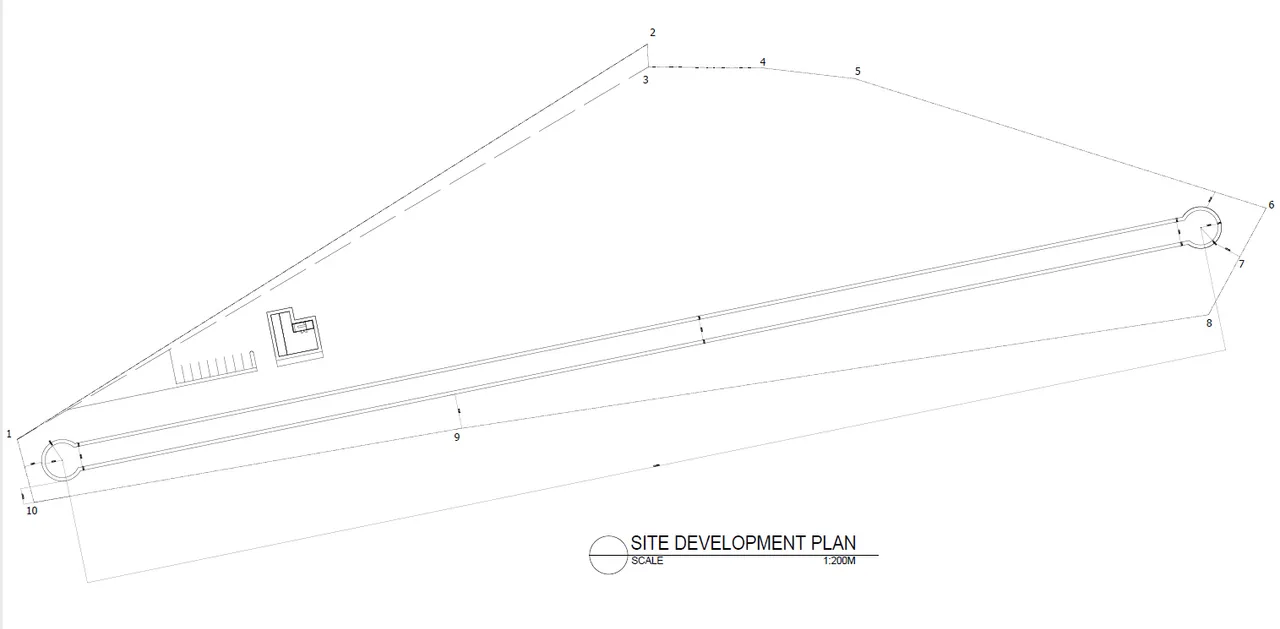
Next, she worked on the hangar, designing and placing it as per my requirements while of course making sure my requests made sense with the actual construction code.
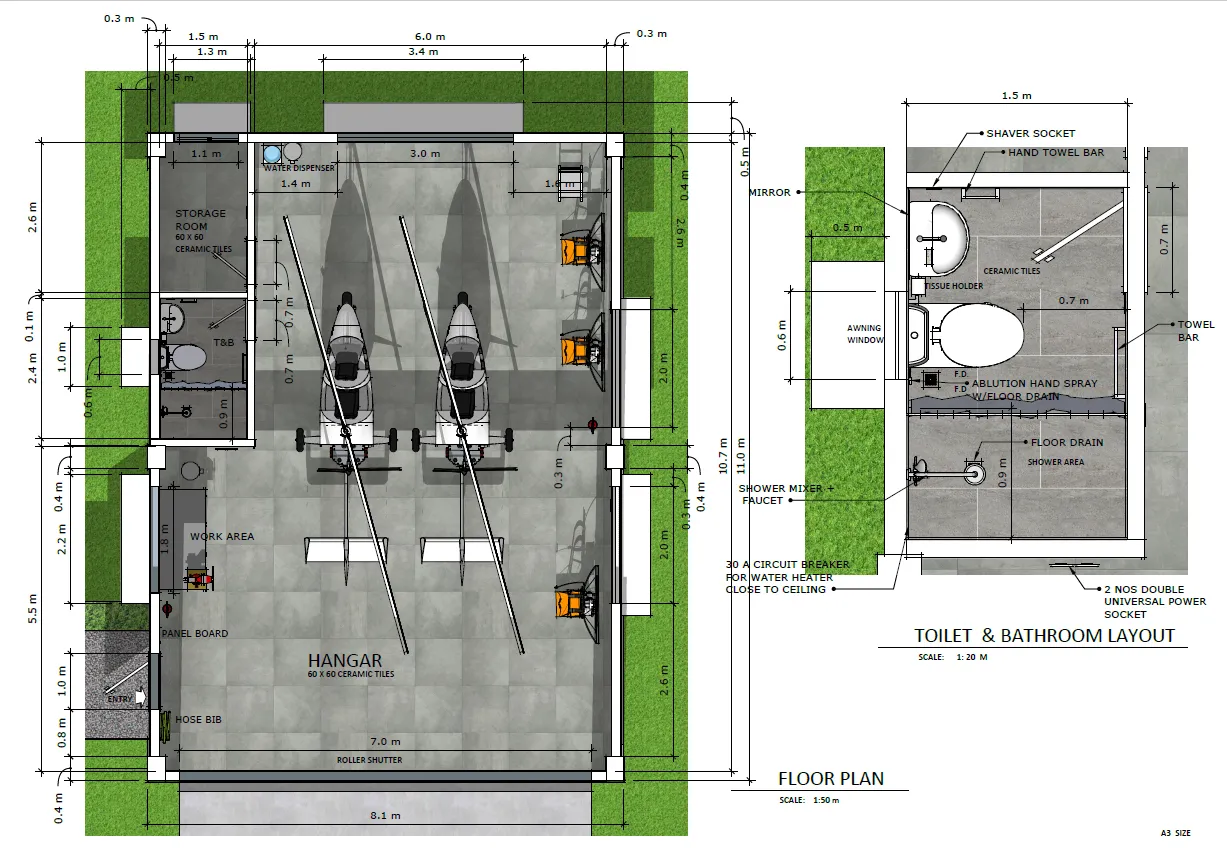
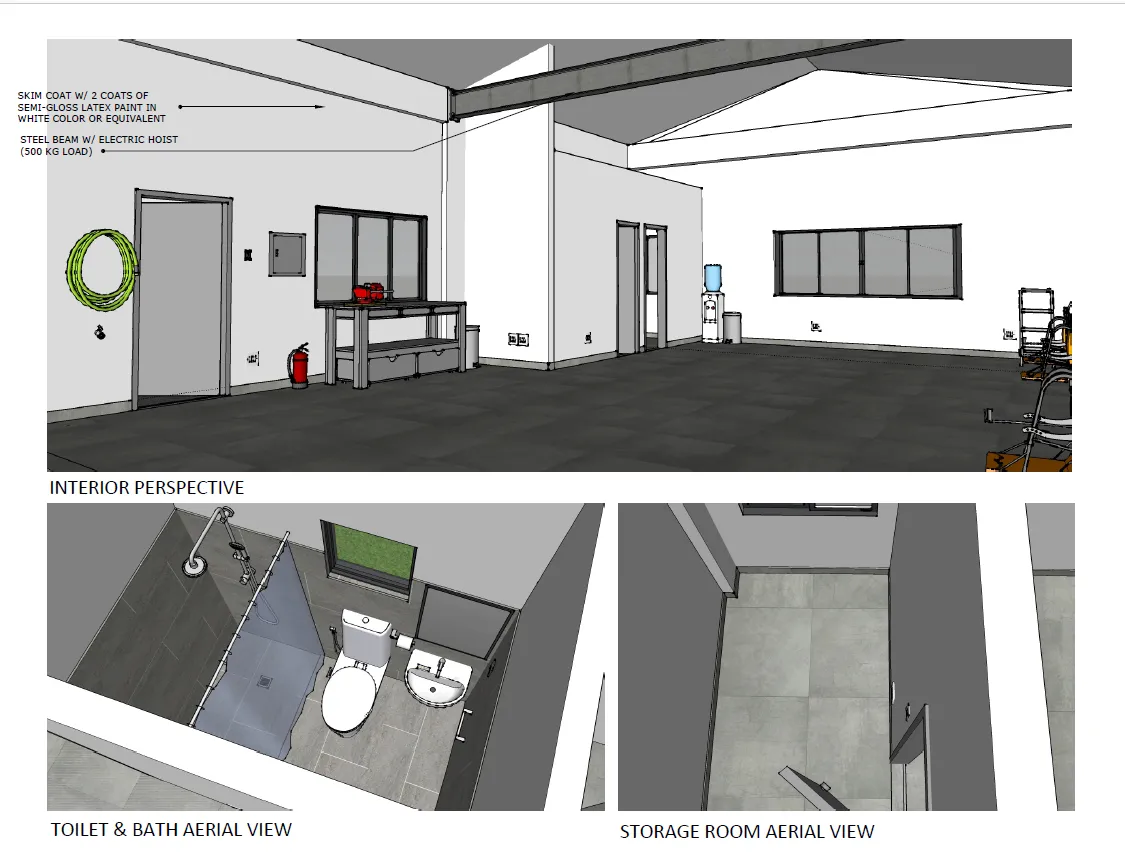
Once we were satisfied with the plans, we had to find ourselves a contractor. Being new in the area we didn't know anybody but luckily for us we were recommended someone. After checking some of his previous work, we asked him for his quotation. After several back and forth we agreed on a deal and signed a contract.
Is it construction yet?
Before we could start with the construction, there were a lot of permits to obtain.
What about the trees on the land?
We first had to contact the Philippines Coconut Authority (yes, there is such thing) to ask them for the permission to cut down the coconut trees which were located where the runway was supposed to be. After paying a fee per tree we were issued a certificate allowing us to go ahead with the cutting. We also had to ask for the same permission at the Department of Environment and Natural Resources (DENR) to cut the other tree species which were 2 mahogany and 1 acacia. Again, we received our certificate upon payment of the associated fee.
We did feel bad about cutting those healthy trees, but we unfortunately didn't have any other option.
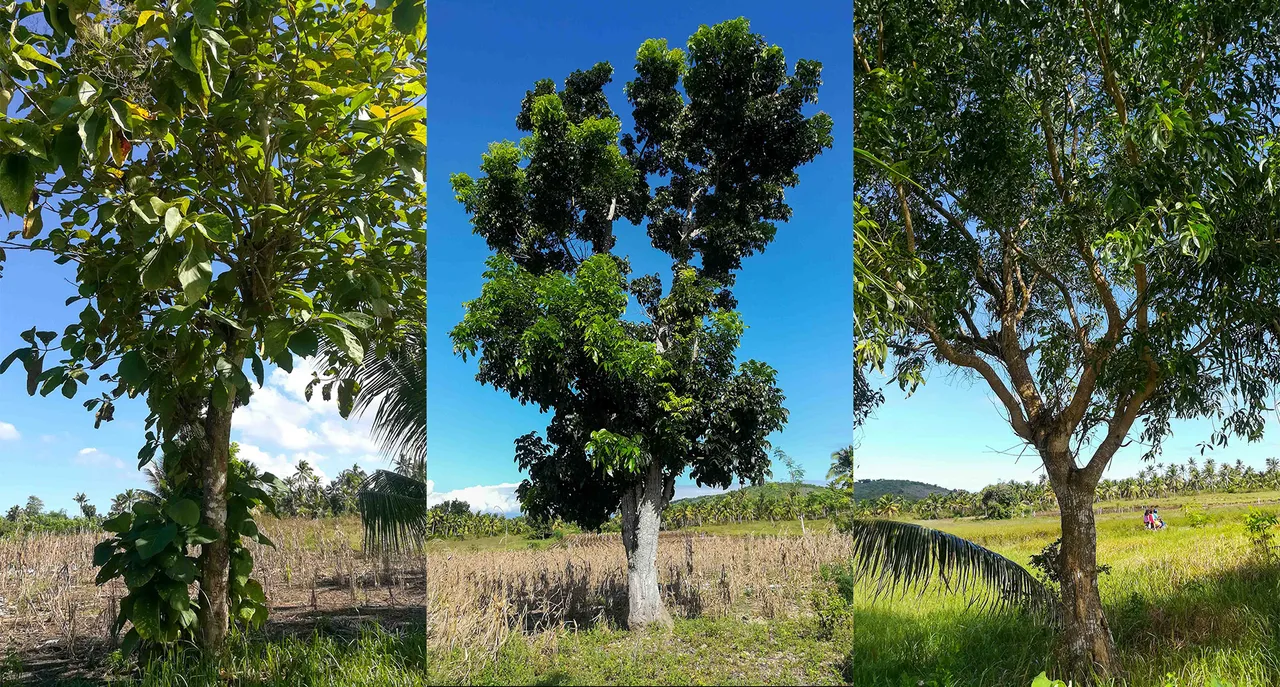
Our contractor arranged for all the cutting.
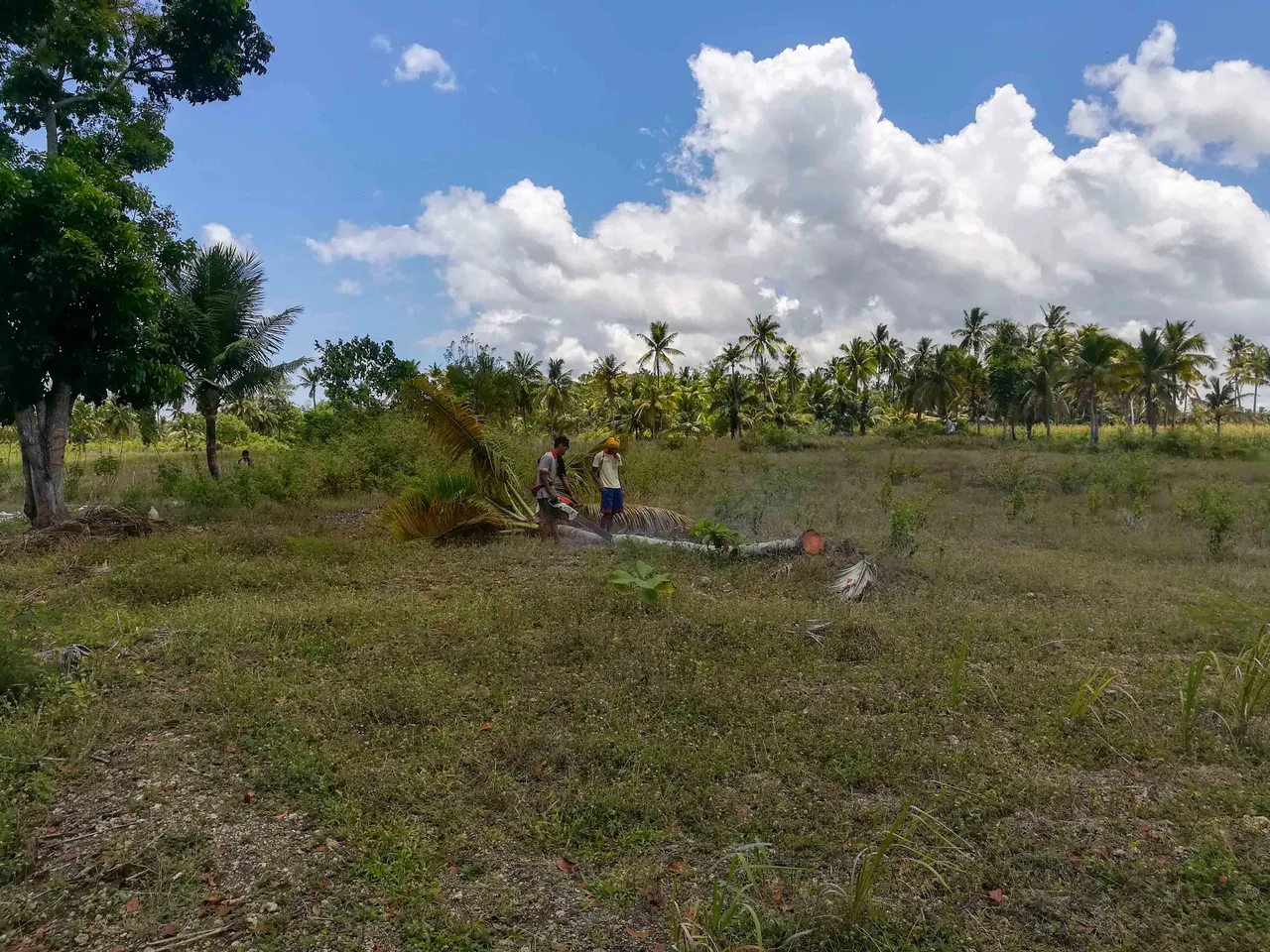
The coconut wood was later used for making scaffolding during the construction of the hangar whereas the wood from the mahogany and the acacia was used to make a work table which I currently use in the hangar.
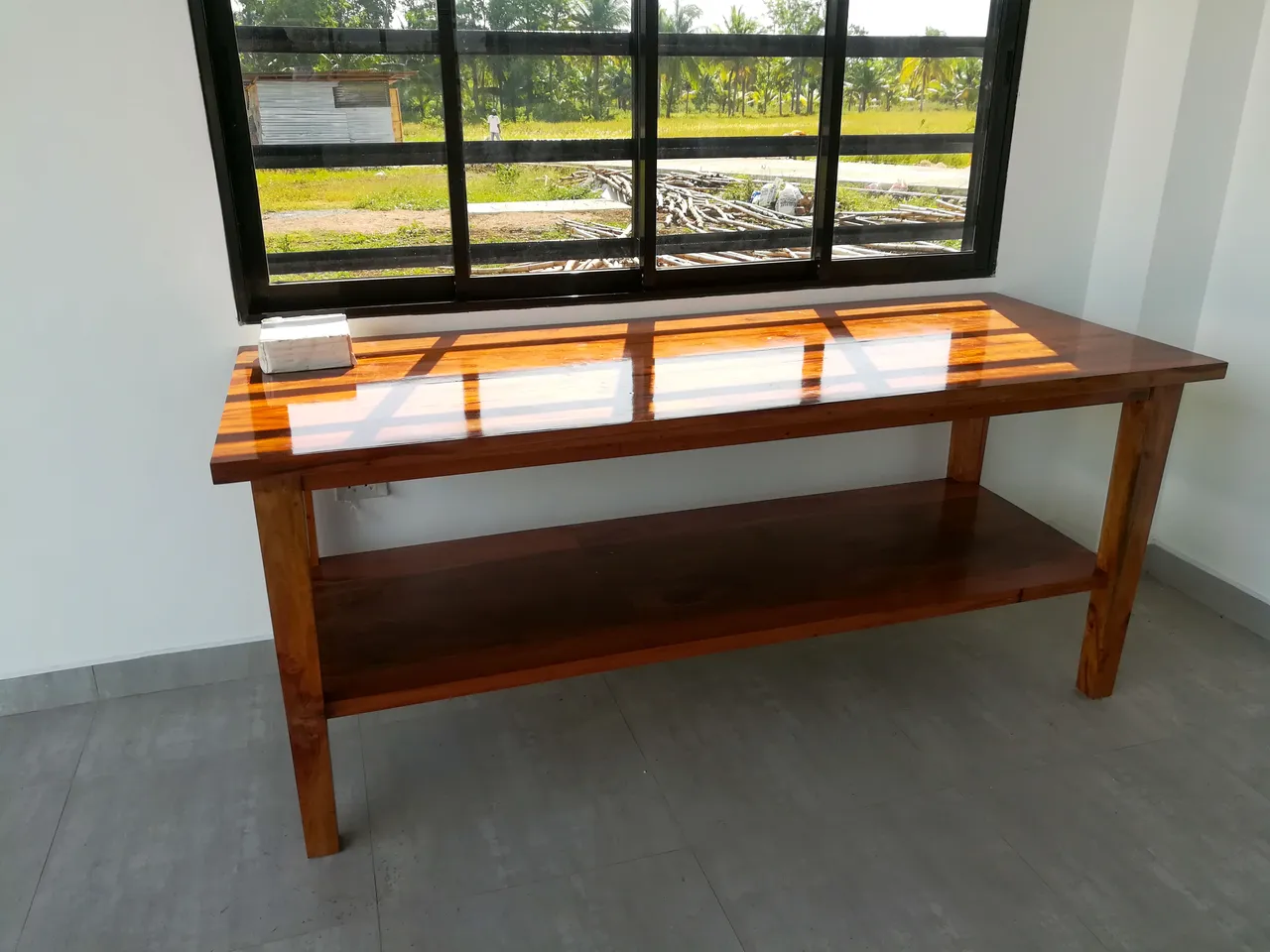
How about the Environmental Compliance Certificate (ECC)?
One of the main required document for the issuance of the construction permit is the ECC.
We had to submit all our plans along with a full description of our project and how we were going to manage our waste water to the Environmental Management Bureau. This process required a lot of back and forth and took a couple of months before we finally received it.
And the construction permit?
Because he was very familiar with the process at the town hall, as well as he knew the right people to contact, we let our contractor take care of it.
Can we start now?
By April 2018 we had all the necessary documents with us and so it was all go with the shaping of the runway and the construction of the hangar.
I will share more details and pictures of the progress in part 2.
Thank you for reading this far.